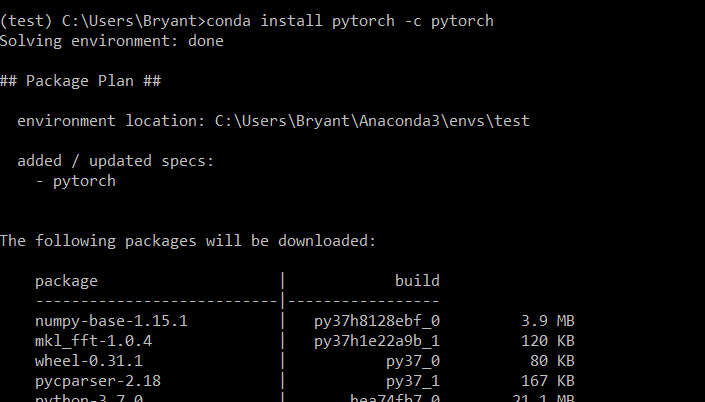
Save street networks to disk as shapefiles, GraphML, or SVG.Automatically download administrative place boundaries and shapefiles.I’ll demonstrate 5 basic use cases for OSMnx in this post: There are many usage examples and tutorials in the examples repo. Plot figure-ground diagrams of street networks and/or building footprints.Visualize travel distance and travel time with isoline and isochrone maps.Visualize street network as a static map or interactive leaflet web map.Calculate and visualize shortest-path routes that minimize distance, travel time, elevation, etc.Calculate and visualize street bearings and orientations.Conduct topological and spatial analyses to automatically calculate dozens of indicators.Save/load street network to/from a local.Save networks to disk as shapefiles, GeoPackages, and GraphML.Fast map-matching of points, routes, or trajectories to nearest graph edges or nodes.Simplify and correct the network’s topology to clean-up nodes and consolidate intersections.Impute missing speeds and calculate graph edge travel times.Download node elevations and calculate edge grades (inclines).Download drivable, walkable, bikeable, or all street networks.Download by city name, polygon, bounding box, or point/address + network distance.Download other infrastructure types, place boundaries, building footprints, and points of interest.
#OSMNX CONDA INSTALL PACKAGE NOT FOUND CODE#
#OSMNX CONDA INSTALL PACKAGE NOT FOUND INSTALL#
OSMnx is on GitHub and you can install it with conda. For the latest, see the official documentation and usage examples.) Installing OSMnx ( Note that this blog post is not updated with every new release of OSMnx. Ox.plot_graph(ox.graph_from_place('Modena, Italy')) In a single line of code, OSMnx lets you download, model, and visualize the street network for, say, Modena Italy: If you use OSMnx in your work, please download/cite the paper here. You can just as easily download and work with amenities/points of interest, building footprints, elevation data, street bearings/orientations, and network routing.

Users can download and model walkable, drivable, or bikeable urban networks with a single line of Python code, and then easily analyze and visualize them. OSMnx is a Python package to retrieve, model, analyze, and visualize street networks from OpenStreetMap.

Check out the journal article about OSMnx.


 0 kommentar(er)
0 kommentar(er)
